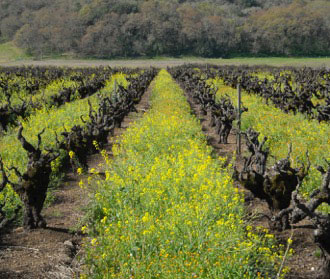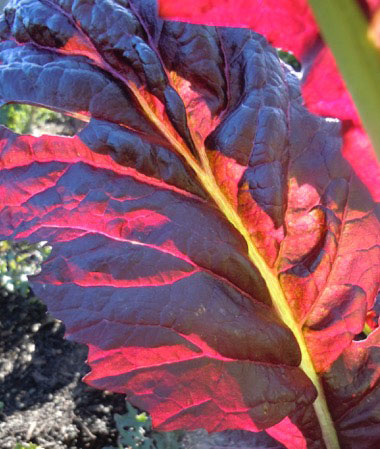Phytoremediation & Hyperaccumulation

Phytoremediation (also called hyperaccumulation) is the science of using living plants to accumulate heavy metals and other toxins from the soil. It’s a very hot topic because of the high rates of contamination found in urban areas. The heavy-metal contaminated soils in urban areas, or at least where it was studied, were often contaminated-due to the amount of lead in the soil. This is when it's rated at 1200 parts per million/kg of dry weight or higher in non-play areas. (The EPA says 400 parts per million is the threshold where kids play.) EPA Testing Your Home For Lead in Paint, Dust, And Soil. The EPA also says that 18% of all our homes have soil lead levels above the recommended limit from the remains of lead paint, old leaded gasoline pollution and nearby factories.
The cost of mechanical, chemical restoration is much more expensive, six to ten times more expensive than using plants. Lead levels were, in one study, reduced in 75% of the sites. Based on this test, costs of between $60,000 to $100,000 per acre are projected to clean an acre of urban soil to a depth of twenty inches. More significant, planting and harvesting crops of Indian Mustard over three growing seasons would result in 500 tons of plant biomass to be disposed of by incineration. This figure is only 0.25% of the total 20,000 tons of soil that would require excavation and haulage to the nearest hazardous landfill (at a cost of $600,000).
Edible Hyperaccumulation Examples Include:
Botanical name
Common Name Metal Process
Allium fistulosum
Onion Lead Hyperaccumulation
Allium schoernoprasum
Chives Cadmium Hyperaccumulation
Atriplex hortensis
Garden orach (PCBs) Metabolism
Brassica juncea
Indian mustard Metals Hyperaccumulation
Including: lead, cadmium, & uranium
Brassica oleracea Lead Hyperaccumulation
Kale, collards, broccoli, cabbage, Brussels sprouts, cauliflower, B. ‘Romanesco’
Brassica rapa
Field mustard Cadmium Hyperaccumulation
& Zinc
Claytonia perfoliata
Miner’s lettuce (edible “weed”) Cadmium Uptake/Accumulation
Helianthus annus
Sunflower See Indian mustard Hyperaccumulation
Spinacia oleracea
Spinach lead Uptake/Accumulation
Viola spp.
Violets (edible flowers) metals & cadmium Hyperaccumulation

As another example, consider Amaranthus retroflexus. A popular nutritious leafy vegetable crop, in Africa, Asia and South America. It is also used by contemporary American gardeners a source of edible leaves and grain and is often called “pigweed”. (It is an exotic, invasive plant in America.) A. retrofllexus is a C4 plant (an especially efficient photosynthetic plant) is also an excellent indicator of heavy metal pollution and problems may arise if contaminated plants are cooked and eaten by humans. Amaranthus retroflexus is used for the uptake of cadmium, mercury and zinc.
In urban areas you may want to have your soil tested for lead (the test costs about $50). If the lead exceeds 1200 parts/million, you can’t eat the vegetables listed above. And you can’t compost them. Off the soil goes to be disposed of by special incineration or stored in a hazardous waste facility.
|

